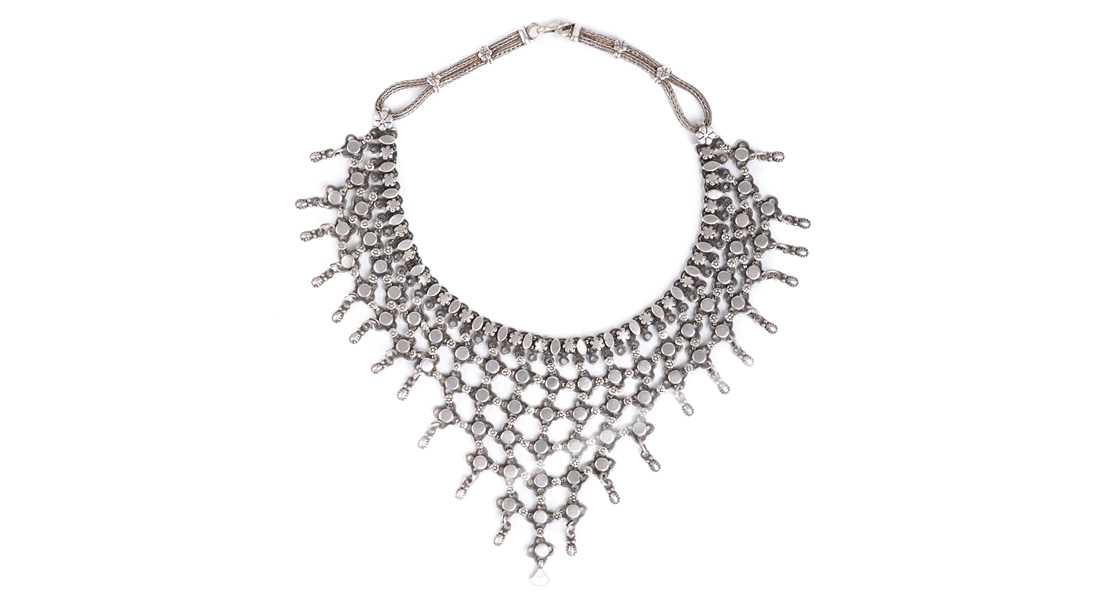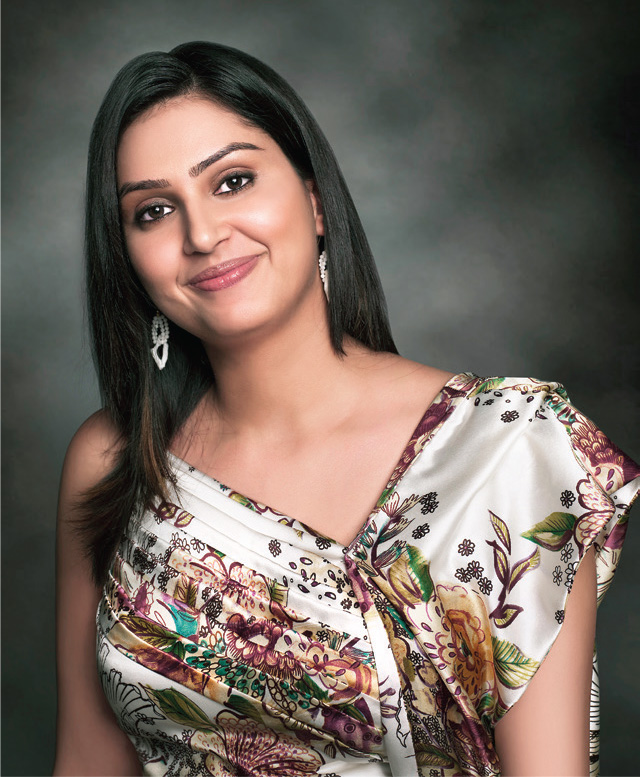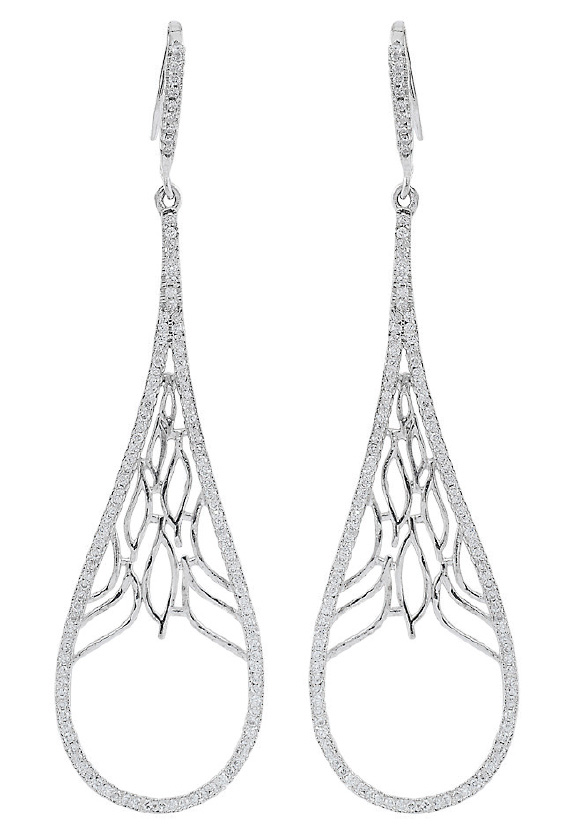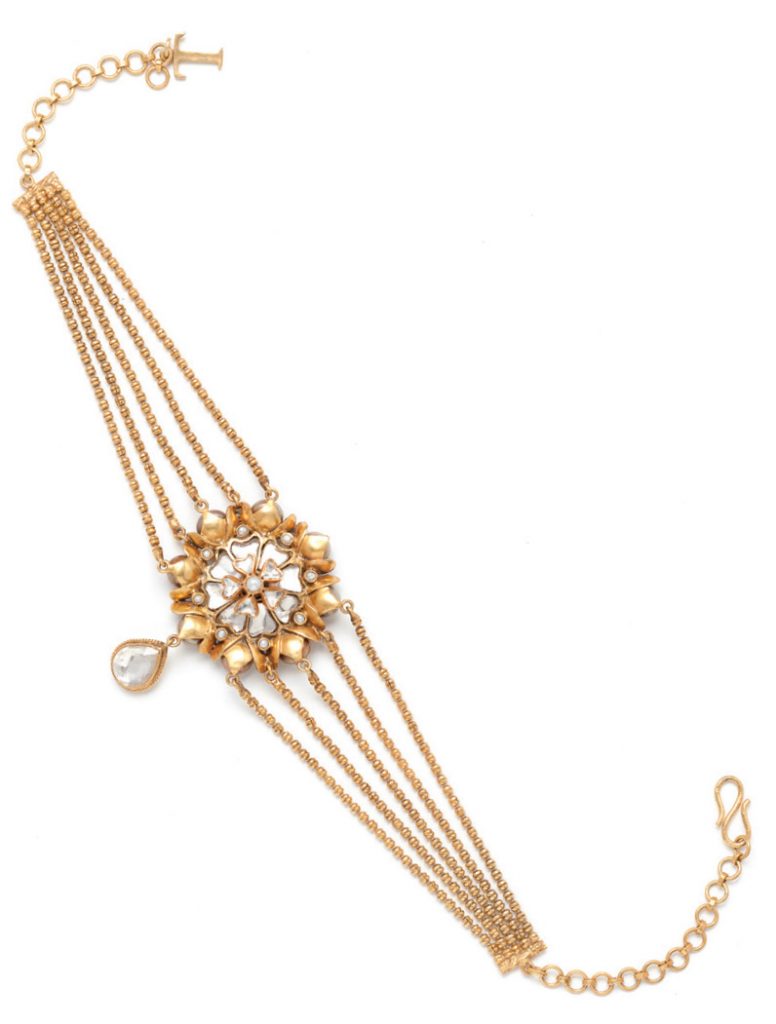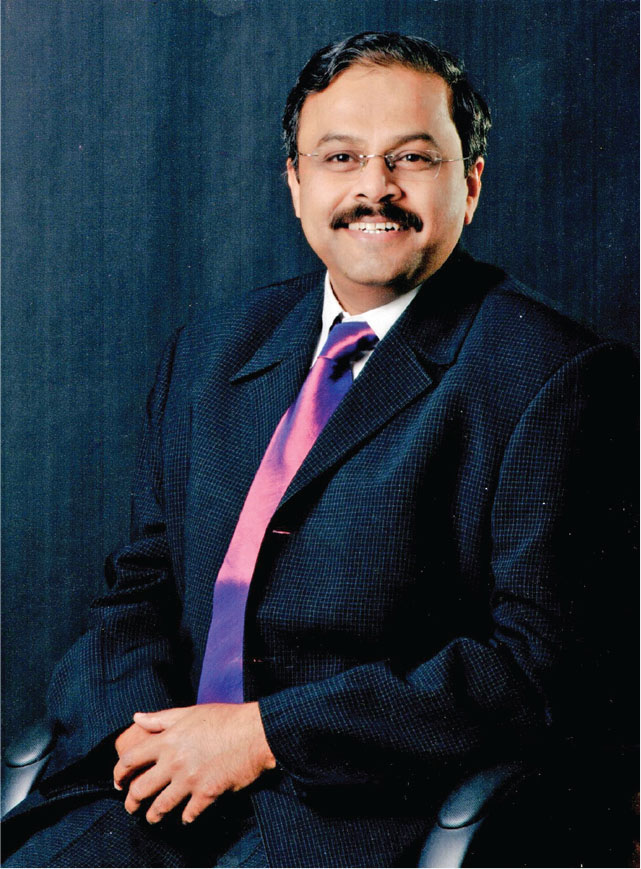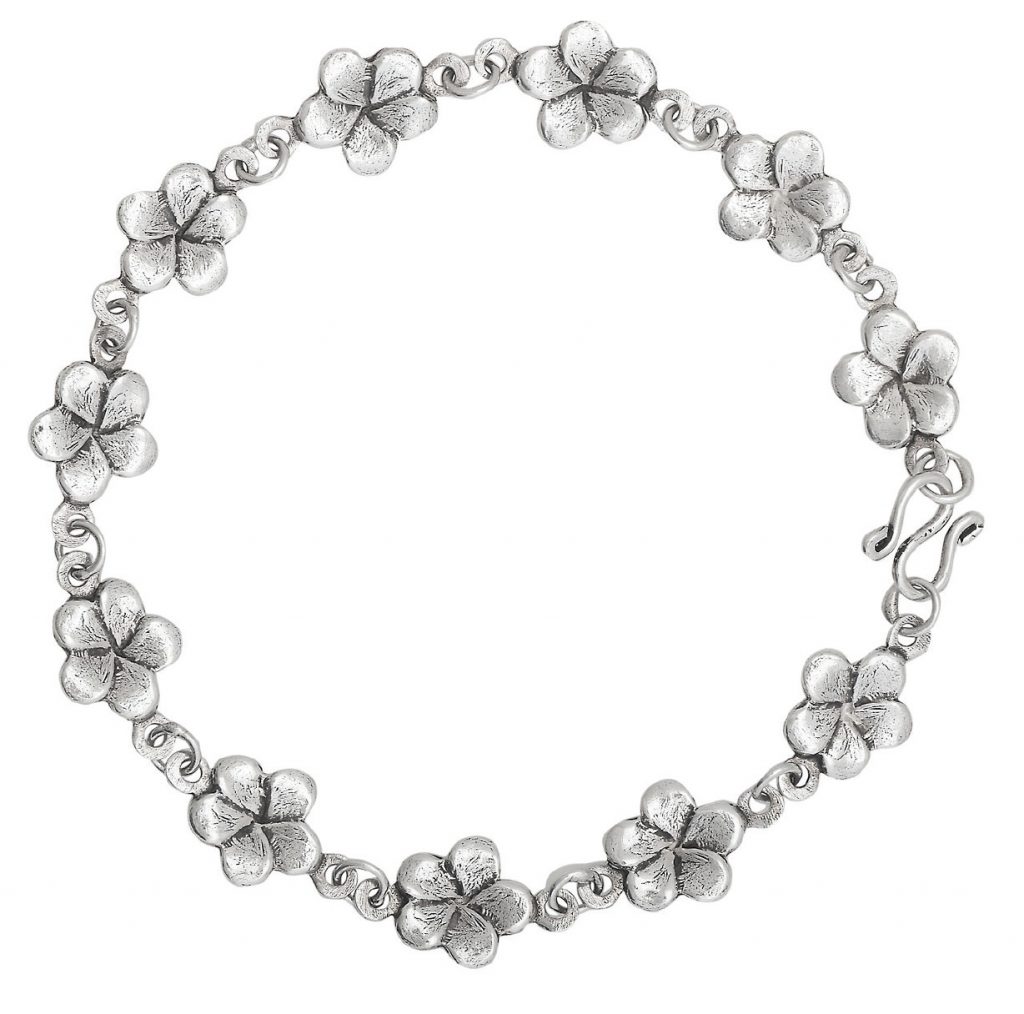Silver jewellery consumption has rapidly grown in the last ten years but there are very few players in the organised silver jewellery space. Shanoo Bijlani and Aliya Ladhabhoy interviewed silver jewellery brands and jewellery designers to gain a deeper insight into the white metal.
The Indian jewellery market is largely unorganised and while there are many gold and diamond players who are now transcending into the organised sector, there are very few players in the organised silver jewellery space.
Today, women are financially independent and don’t necessarily look at jewellery as a form of investment. Also, selfpurchasing consumers are on the rise and consumers would rather wear jewellery on a daily basis rather than save it for occasions. This is where silver jewellery fits in.
Women of today want unique designs that enhance their personalities. Most of the new-age jewellery designers experiment with silver rather than its more expensive counterpart, gold. As a result one can find the most fashion forward designs in silver
“People are looking for a cost-effective option for quality designer jewellery, without investing heavily in gold and diamonds. It was actually feedback from our existing clients which led us to launch our silver brand Adawna in 2015,” informs Sonal Sehrawat of Adawna, a silver jewellery brand. “It is only a matter of time when silver brands of both new and established jewellery houses will dominate the jewellery space like their more expensive cousins.”
“The market is growing at the rate of 20% or even more,” informed Prasad Kapre of Style Quotient Jewellery Pvt. Ltd., one of the biggest players in the organised silver jewellery marketplace. It has a number of silver brands under its umbrella – Silvostyle, an in-house brand; silver jewellery by Tarun Tahiliani and Being Human Jewellery (a tieup with the Being Human Foundation).
“Branded jewellery is relatively a new concept in India. Also, jewellery has always been an unorganised sector. With standardisations, MRP pricing and brand value, customers are now gradually shifting their interest towards branded jewellery,” added Kapre. Currently present in over 100 locations, Style Quotient is confident about the growing silver consumption story. They are looking to expand their presence in 22 states across India with strong distribution route in over 300 locations in the next few years.
Kapre informed that earrings, rings, pendants are the fastest moving products in the daily wear category followed by anklets and toe rings.
The power of e-commerce
Silver jewellery designs have caught up with the younger urban population. According to the World Silver Survey 2017 produced for The Silver Institute by the GFMS team of metals market analysts at Thomson Reuters, “Designs, which until early this decade were confined to rural India and tribal populations, is now considered trendy and ‘cool’ by the urban class. Tribal designs specifically have become a trend with casual wearers and these are primarily heavy pieces but with purity at just 70% or less.” The rise of online jewellery stores has boosted silver jewellery sales in India.
Jewellery brand Amrapali was one of the first jewellery brands to cash in on the silver tribal jewellery trend and entered the online jewellery space with TribebyAmrapali.com.
Top silver jewellery brand Aaraa by Avantika operates online, and over the last five years since its inception has drawn a huge following on social media in India and abroad, which has helped grow its business. The brand’s founder and creative head, Avantika Agrawal notes, “We are working on building our e-commerce website, but during select occasions and festivals we also collaborate with designer stores targeting the luxury market.”
Agrawal had predicted some years ago that silver will be the new gold and she is seeing it happening. Sales of silver jewellery, according to her, have been growing at an exponential rate, mainly due to e-commerce, which has been a big driving force. Brand Aaraa sells handcrafted 92.5 sterling silver jewellery priced between R2,000 and R50,000. It also sells smaller silver products like nose pins, toe rings etc., that are priced between R300 and R500.
Sangeeta Boochra of Silver Centrre has 35 stores across the country and also retails on other websites. But this year, they plan to focus on enhancing their existing web store. “Online sales and a digital presence are very important in today’s world. Online sales are helpful especially to reach out to tier 2 and 3 cities where the brand or products are not easily available. It’s a boon for such regions. However we still find that people prefer to walk into our stores when they are considering a bigger purchase,” informed Boochra.
The rise of destination weddings has also given an impetus to gold-plated silver jewellery. Agarwal reveals that the demand for gold-plated silver bridal jewellery is higher during the wedding and festive season. “This genre of jewellery usually makes up to 30% of our annual sales.”
Style Quotient Jewellery Pvt. Ltd. has also entered into a tie-up with Tarun Tahiliani to manufacture his line of gold-plated silver jewellery especially for weddings and party wear. “This range is one of a kind, and hence gives us the benefit of being the first one to enter into this space. Designer jewellery is for niche audience, unlike our other brand offerings,” says Kapre. He added that the popular price bracket for designer silver jewellery is R5,000 – R50,000.
The World Silver Survey 2017 states, “The safety consideration while wearing gold jewellery, in addition to its price, has seen a strong lift in sales of silver wedding jewellery sets, which are electroplated with 24-karat gold. This jewellery is generally priced at one-tenth the price of a similar set of 22-karat gold jewellery
Retailers have indicated that consumers often purchase the item, wear it for three occasions, and then exchange against a different design.”
Challenges
Even though there has been a rapid growth in silver jewellery consumption in the last ten years, the numbers of players in the sector are few. The biggest challenge of the segment is its unorganised nature. “Gaining trust, ensuring high-quality products and aftersales service are the key areas for us. This will help the brand in the long run to create a loyal customer base,” noted Kapre.
Agrawal feels that there are still some reservations about silver jewellery particularly with older people. “When it comes to weddings and other such occasions, fine jewellery is preferred as it is seen as an investment. Also, there is a failure to recognise and understand the thin line (perceived) between silver and artificial/ costume jewellery by the general public. This outlook prevents jewellery players from plunging into silver jewellery market.”
“The silver jewellery industry is labour intensive, and it is difficult to find good karigars who want to work with silver. Also there is a limit to the number of handcrafted pieces we can make, so we try and incorporate the latest machines and techniques in our factory to aid our production levels,” informs Boochra. The way forward would be to recognise silver jewellery as mainstream and create awareness through the medium of good and unique designs, maintaining high quality standards, reaching out to clients with more clarity and detail about the process of how the jewellery is made. Following fair trade practices also encourages craftsmen to associate themselves with the art of crafting silver jewellery rather than giving up on it altogether or shifting to the artificial jewellery industry, stresses Avantika.

